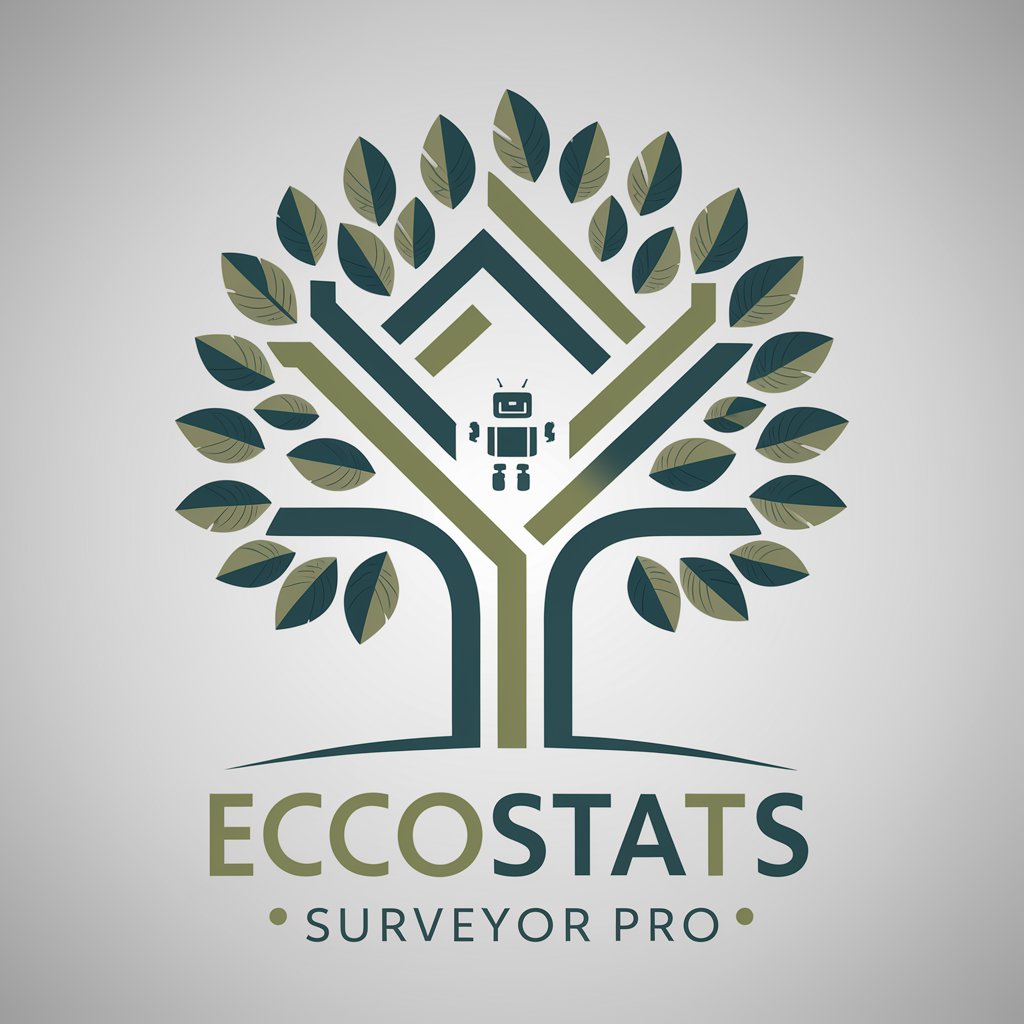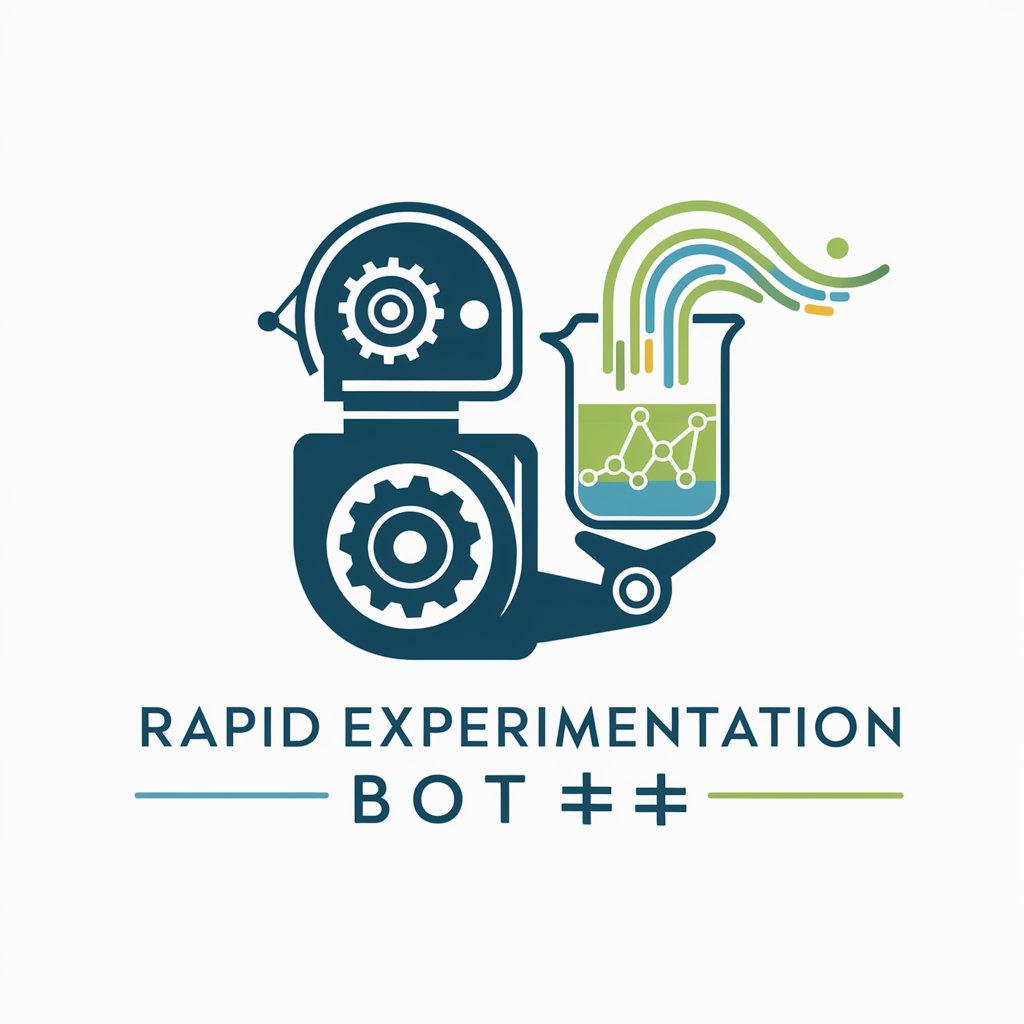
🧪 MaterialMelder for Experiment Logs 📓 - AI-powered Experiment Assistant

Welcome! Let's delve into your materials science experiments.
Streamlining Scientific Discovery with AI
Explain the process of analyzing X-ray diffraction data.
What are the latest advancements in nanomaterials for energy storage?
How can I improve the accuracy of my tensile strength measurements?
Suggest an experimental design for testing the thermal conductivity of a new composite material.
Get Embed Code
Overview of MaterialMelder for Experiment Logs
MaterialMelder for Experiment Logs is designed to be a specialized assistant for materials scientists and researchers managing experimental data. Its core purpose is to streamline the organization, documentation, and interpretation of data generated from material science experiments. This GPT is equipped to handle a variety of tasks ranging from logging experimental results, providing insights into materials properties, to suggesting experimental designs and elucidating results. For example, it can assist in compiling a comprehensive experiment log, interpreting material characterization data, or offering hypotheses for observed experimental outcomes. Powered by ChatGPT-4o。

Key Functions and Applications
Data Organization and Documentation
Example
Automatically structuring and recording detailed experimental procedures, results, and observations in a user-friendly format.
Scenario
A researcher conducting polymer synthesis experiments can use MaterialMelder to log reaction conditions, polymerization times, and yield percentages, creating an organized database for future reference.
Materials Analysis Insights
Example
Providing interpretations of complex data from techniques like SEM, XRD, or FTIR.
Scenario
After uploading XRD patterns, MaterialMelder could help identify crystal structures or phase compositions of new materials synthesized in a lab.
Experimental Design Suggestions
Example
Offering advice on experimental setups based on past data and scientific literature.
Scenario
For a team looking to improve the electrical conductivity of a composite material, MaterialMelder might suggest incorporating graphene based on analysis of existing research and experimental logs.
Hypothesis Generation
Example
Utilizing data trends and research to propose new experimental directions.
Scenario
Analyzing data on polymer degradation under UV light, MaterialMelder could propose testing the addition of specific stabilizers to prolong the material's life.
Target User Groups
Materials Scientists and Researchers
Professionals engaged in the development, testing, and analysis of new materials. They benefit from comprehensive data logging, analysis insights, and suggestions for future research directions.
R&D Teams in Industry
Teams working on product development or material innovation who require efficient experiment documentation and analysis to accelerate the development process and optimize material properties.
Academic Researchers and Students
Individuals in educational institutions conducting experiments as part of their studies or research projects. They benefit from structured data management and guidance in interpreting results.

Using MaterialMelder for Experiment Logs
Initiate Your Experience
Start by visiting a platform offering MaterialMelder for a no-cost trial, accessible without the need for account creation or subscribing to premium services.
Define Your Experiment
Input the details of your materials science experiment, including objectives, materials used, procedures, and any initial observations. This foundational step ensures your log is well-organized and comprehensive.
Log Experimental Data
As you conduct your experiment, use MaterialMelder to record data, observations, and results in real-time. This can include quantitative data, qualitative observations, images, and notes.
Analyze and Interpret
Utilize the tool's analytical features to interpret your experimental data. MaterialMelder can help identify patterns, suggest conclusions, and even recommend further experiments.
Review and Share
Finally, review your compiled experiment log for accuracy and completeness. Share your findings with collaborators or use the tool to generate reports for publication or presentation.
Try other advanced and practical GPTs
🌐📚 LinguistLearner: AI Language Assistant
Empowering Linguistic Exploration with AI

🌊 MarineMonitor: Oceanic Insight AI 🐬
Empowering oceanic exploration with AI

🌌 ParticlePioneer: Collider Data Analyst 🔬
Unraveling the mysteries of particle physics with AI

🌿📊 EcoStats Surveyor Pro 🌱🔍
Empowering ecological insights with AI

🧬 GeneticGenie: Genomics Insight 🧪
Unlock your DNA's secrets with AI

🌌 AstroAssist: Starry Scheduler 📆
Navigate the stars, powered by AI.

🔬 AI Experiment Design Wizard 🧠
Empowering Research with AI Insights

🧬 CellSimulator: BioLab AI 🦠
Visualize Biology with AI

🤖 RoboResearch Engineer Pro 🛠️
Elevate Robotics with AI-Powered Engineering

🧠 PsychProbe: Study & Analyze Minds
AI-powered insights for psychological research

🔬NanoNavigator: Molecule Maestro🧬
AI-powered molecular design at your fingertips.

🏺 AntiquityAnalyzer: Artifact Dating 🕰️
Unlocking History with AI-Powered Artifact Analysis

MaterialMelder for Experiment Logs Q&A
What is MaterialMelder for Experiment Logs?
MaterialMelder is an AI-powered tool designed to assist materials scientists in documenting, organizing, and interpreting data from their experiments. It streamlines the experimental process, from planning to analysis.
How does MaterialMelder help in experiment design?
It provides a framework for planning experiments, including selecting materials, defining objectives, and outlining procedures. It can also suggest modifications based on past experimental data.
Can MaterialMelder analyze experimental data?
Yes, it can interpret data, generate visualizations, and help identify trends or anomalies. It uses AI algorithms to provide insights that might not be immediately apparent.
Is MaterialMelder suitable for team collaborations?
Absolutely. It allows for easy sharing of experimental logs and findings with team members, enhancing collaboration and facilitating peer review.
How does MaterialMelder contribute to academic writing?
It assists in organizing research findings, generating charts or graphs for data representation, and providing a structured format for reporting results in academic papers.





